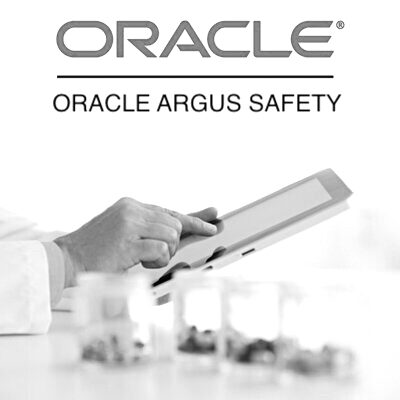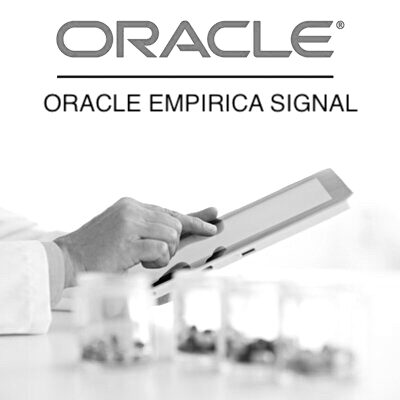Literature Review in Pharmacovigilance
A literature review in pharmacovigilance is a systematic examination of published and unpublished literature to gather information on the safety and efficacy of a medical product (such as a drug, device, or vaccine). The aim of a literature review in pharmacovigilance is to identify any new or previously unreported adverse events, and to continuously assess the benefit-risk profile of the product.
The process of conducting a literature review in pharmacovigilance typically involves:
- Identifying relevant sources of information, such as scientific journals, conference proceedings, and regulatory agency reports.
- Conducting a comprehensive search of these sources using keywords related to the product and adverse events of interest.
- Assessing the quality of the retrieved literature, including evaluating the methodology and results of the studies.
- Synthesizing the information gathered from the literature and evaluating its relevance to the safety and efficacy of the product.
- Preparing a report summarizing the findings of the literature review and presenting any new information on the safety and efficacy of the product.
Literature reviews play an important role in pharmacovigilance, as they provide a comprehensive and up-to-date overview of the available information on the safety and efficacy of medical products. They help to identify potential safety issues and to continuously assess the benefit-risk profile of these products, ultimately contributing to the protection of public health.
You may be interested in the programs below:
-
 eLearning + software
eLearning + softwareOracle Argus Safety Essentials
$599.00 -
 eLearning + software
eLearning + softwareOracle Argus Safety Essentials + Console
$799.00 -
 Live Online
Live OnlineOracle Argus Safety – Live Online
$999.00 -
 Live Online
Live OnlineOracle Argus Safety + Console – Live Online
$999.00 -
 eLearning + software
eLearning + softwareOracle Empirica Signal
$599.00 -
 Live Online
Live OnlineOracle Empirica Signal – Live Online
$999.00 -
 eLearning + software
eLearning + softwareDiploma in Pharmacovigilance
$799.00 -
 eLearning + software
eLearning + softwareArgus Safety – Business Configuration and Administration
$599.00
